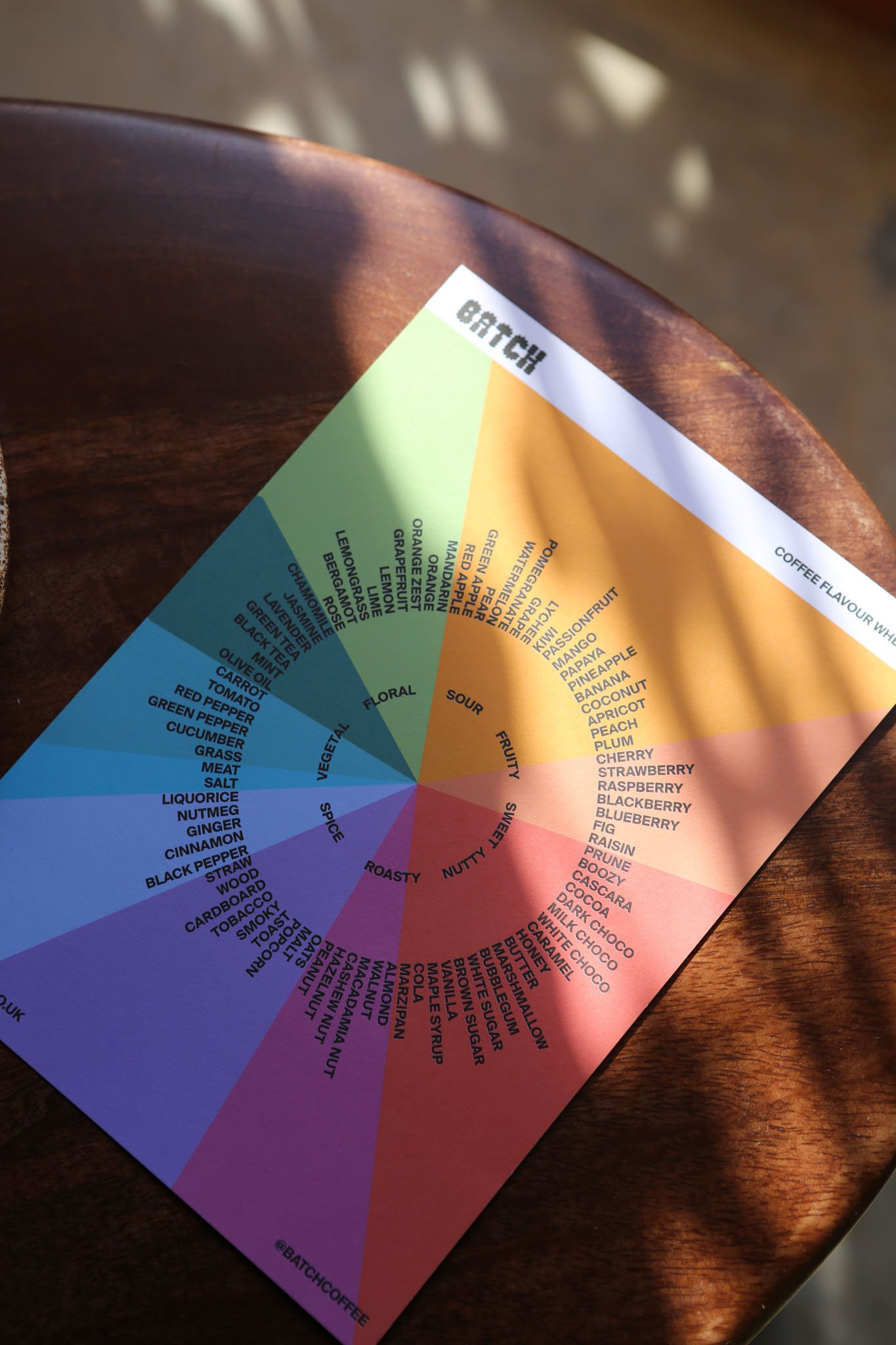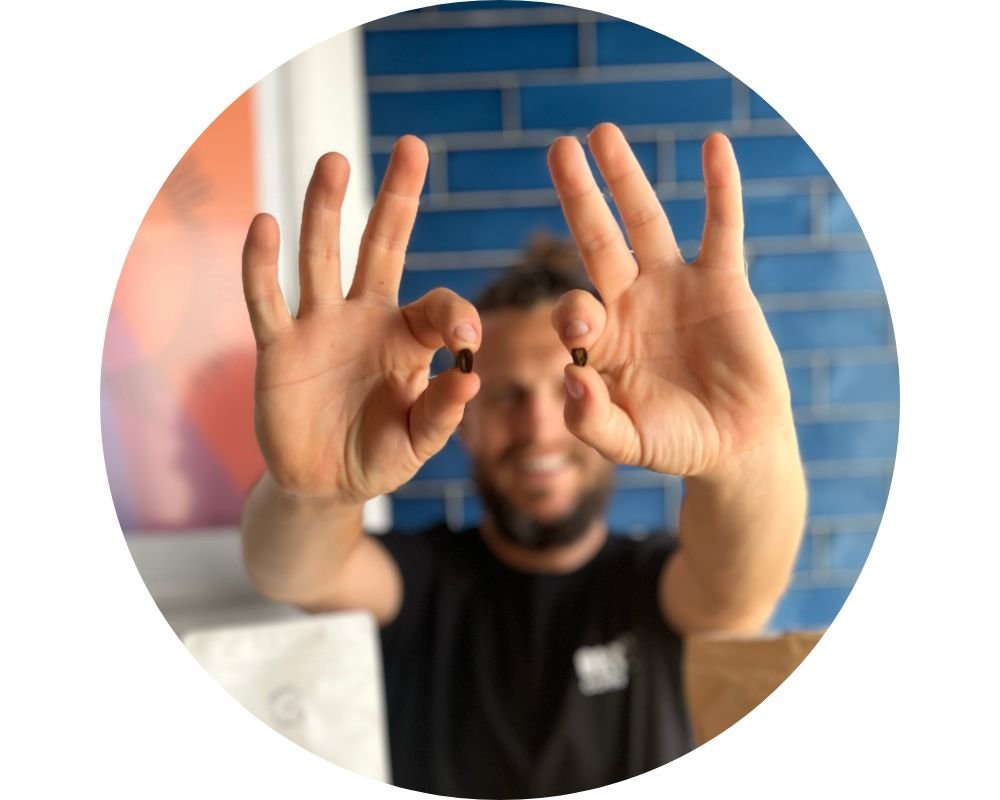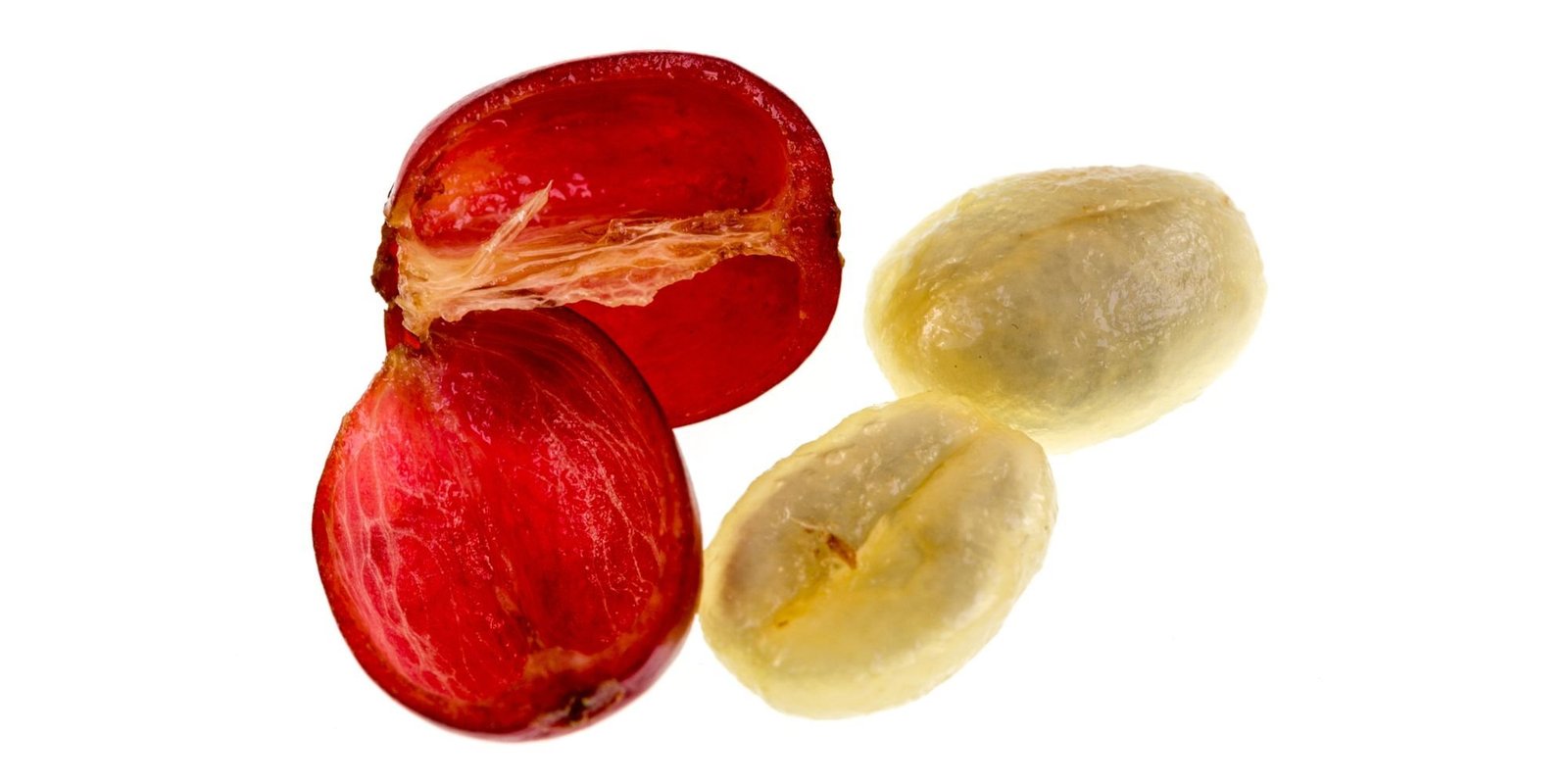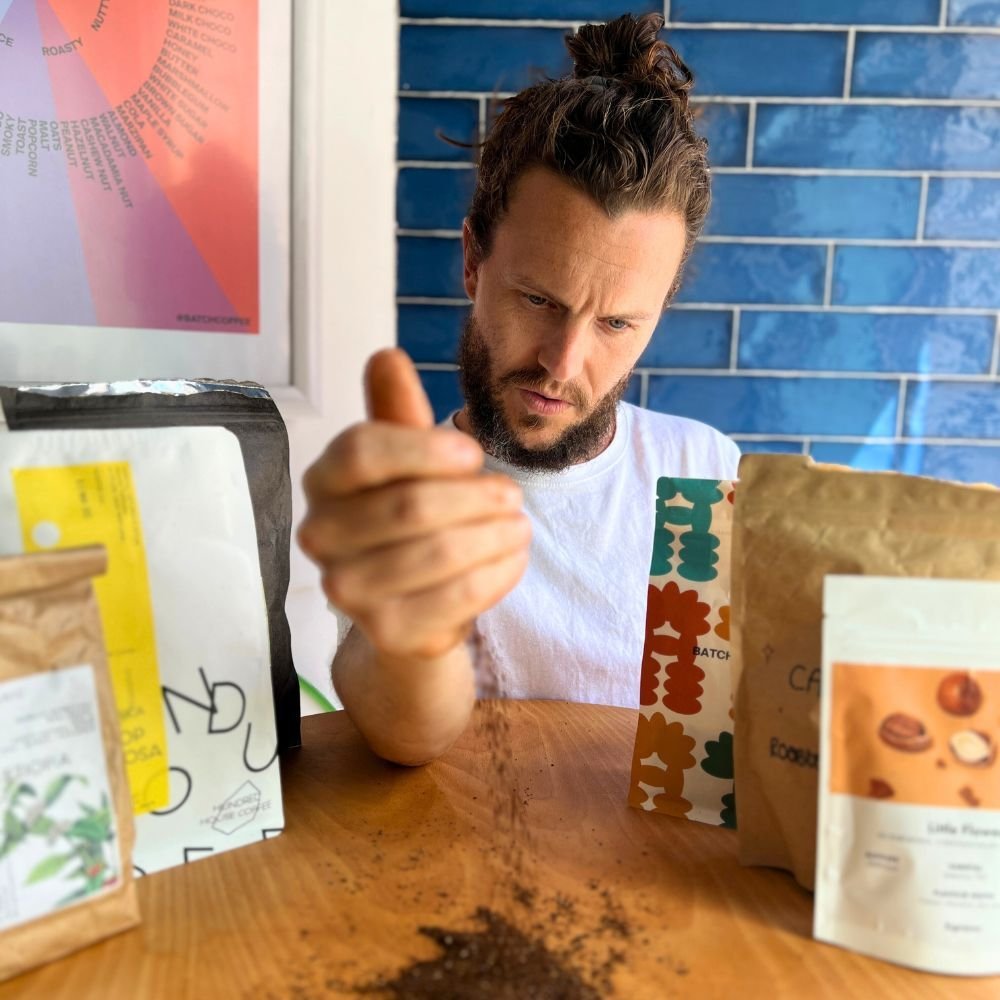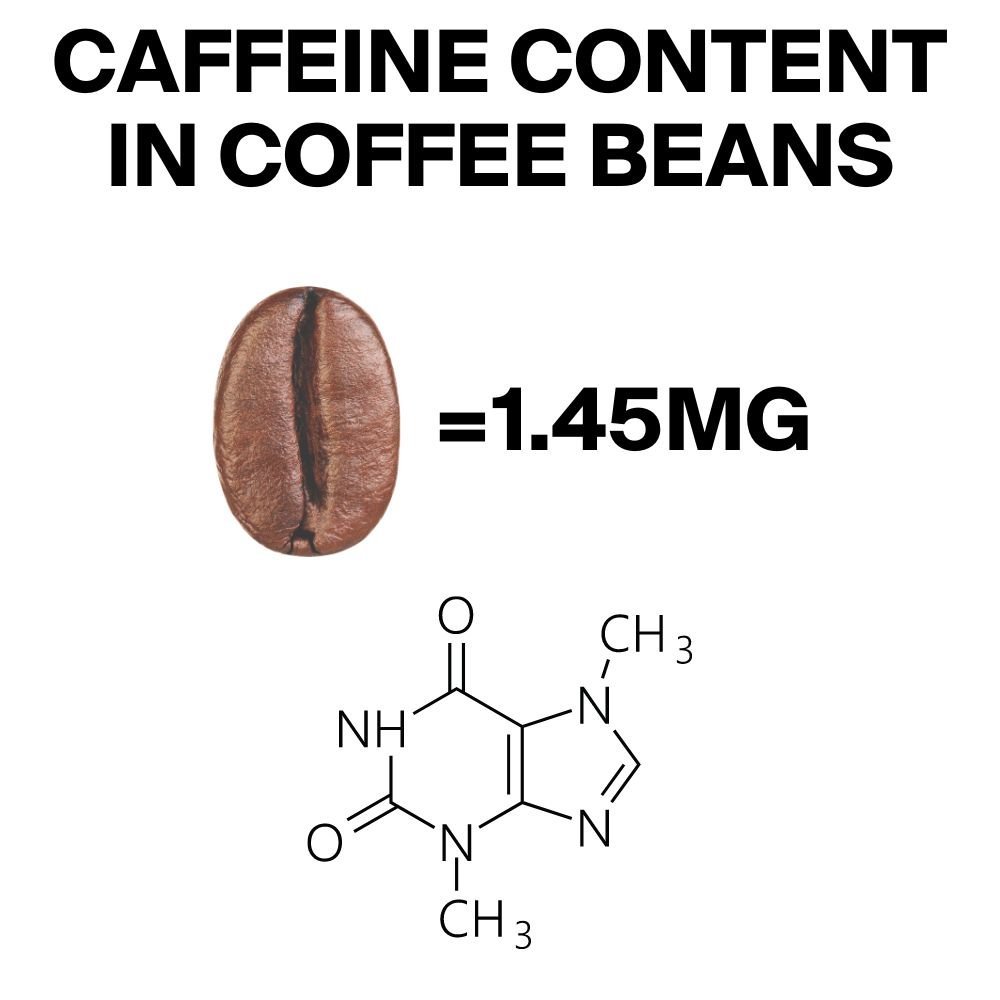The reason many of us started drinking coffee would have been for that magical compound caffeine that invigorates us and wakes us up in the morning – it was for me anyway.
Although many people’s coffee journey then goes beyond the caffeine when specialty coffee is discovered.
Skip To:
.
But the caffeine content in coffee beans does always spark conversation around health and wellbeing.
So let’s jump in and try to figure out how much caffeine is in those coffee beans of yours.
Why Trust Me?
I’m Tom and I have been working in the coffee industry for over 10 years, starting my journey as a barista in Australia, working on coffee farms in South America and roasting coffee in The UK.
Today I review and write about speciality coffee. I am the founder of Batch Coffee Club, which showcases the very best coffee from around the world.
Related Content
What actually is caffeine?
Caffeine is a naturally occurring compound found in an a variety of plants which when consumed in its natural form or in a beverage that contains extracted caffeine improves focus and energy levels.
Caffeine blocks a chemical in the brain called adenosine which normally makes you feel tired and sleepy.
Like anything we consume, caffeine should be enjoyed in moderation. Too much caffeine can have negative side effects such as rapid heart rate, insomnia and the jitters.
Coffee, believe it or not, is actually a fruit.
Well it is the seed of a fruit.
Coffee is grown all over the world, with the majority of coffee being grown in within 20 degrees of the equator. A coffee cherry is red in colour, has a fruity outer layer followed by a couple of slimy mucilage layers before you hit the coffee seeds, the seeds are then processed, dried, usually shipped and roasted before we consume them.
Coffee beans naturally contain caffeine as one of their soluble compounds, in fact the whole coffee plant contains caffeine from the leaves to the fruit which can be dried and consumed as a tea called cascara tea. The highest concentration of caffeine in the coffee plant however is in the coffee seeds that once roasted and brewed releases the caffeine compound into the brew.
Caffeine has also been linked to deterring herbivorous animals from eating the coffee plants as well as inhibiting the growth of other plants competing in the area.
Factors Influencing Caffeine Content in Coffee Beans
Type of Coffee Bean
The mg of caffeine in coffee can vary in different types of coffee bean.
There are 4 main types of coffee beans: Arabica, Robusta, Excelsa, and Liberica. Arabica and Robusta make up the vast majority of the coffee beans in the world.
Taking the two main types, there is more caffeine in Robusta coffee beans than in Arabica. You will see Robusta coffee in many dark roast blends and coffee that markets itself as ‘strong’ coffee.
Robusta is easier to grow than Arabica and doesn’t have the complex flavour profiles, so it often tastes strong and bitter too.
Arabica makes up roughly 2 thirds of the overall coffee produced in the world and within this type of coffee there are varieties called ‘varietals’. You may have seen names such as Bourbon, Typica or Gesha on your coffee bag.
Within these varietals there are slight differences in caffeine levels of beans where sometimes scientists have propagated plants with more or less caffeine than usual.
Roast Profile
The roasting process is a factor that has seen a lot of debate over the years.

